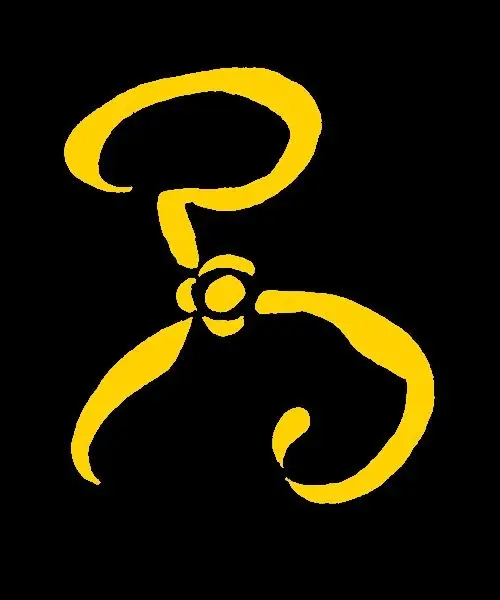Hello everyone and welcome to the thirteenth week of our book club exploring H.P. Lovecraft’s Dream Cycle.
In this week’s thread we discuss the first 5 chapters of At the Mountains of Madness, written in 1931. Our reading assignment for this week is the second half of At the Mountains of Madness, from Chapter VI onwards.
A PDF of the short story is found in the collected works curated by the Arkham Archivist here. A LibriVox audio recording is available here.
Very sorry for the late submission this week. My department is hosting an algebra conference and I’m spending my evenings “networking” (read: getting drunk while ranting about the Representation Theory of algebraic groups). Unfortunately, pleasure has to be sidelined by business until Wednesday evening. I’ll post comments on the first five chapters as soon as possible but expect significant delays for this week.
On the off-chance that the set of British Lemmy Users interested in Lovecraft and Representation theory of algebraic groups isn’t a one-member set, I’m the guy with the beard in a purple mushroom shirt.
Image Credit goes to Deviantartist Zhekan.


Chapter I of At The Mountains of Madness introduces the story from the perspective of William Dyer, a geologist employed by Miskatonic University.
Dyer is a member of a cross-disciplinary research expedition to Antarctica; his particular interest is in obtaining deep-level specimens with the aid of new drilling machinery. During the voyage to Antarctica, Dyer experiences regular mirages of cosmic castles atop distant mountains.
Upon making land at McMurdo Sound, one research student notes volcanic activity on Mt Erebus and recognises it as the likely inspiration for Edgar Allen Poe’s poem Ulalume. Dyer is also a reader of Poe and reminisces on an antarctic scene from the story The Narrative of Arthur Gordon Pym of Nantucket.
Some borings promise intersting results, and so the crew dynamites and chisels at a hole to find numerous fossil fragments. One member of the expedition notes curious striations on segments of the rock, which Dyer dismisses as normal. The team later resolve to send a small advance party to scout out interesting areas via plane.
Poe is listed by Lovecraft as one of his literary influences, and a huge inspiration for this story which Lovecraft mentions in the text is Arthur Gordon Pym. Lovecraft was also a keen follower of the Antarctic expedition of Admiral Byrd, which took place in 1928-30.
The mirages of castles atop distant peaks to me is a clear reference to Unknown Kadath which we’ve read previously in this book club.
Dyer also mentions the Plateau of Leng which we now know is linked geographically to Unknown Kadath. Unsurprisingly, this geologist is very familiar with the blasphemous works of Abdul Al-Hazred.